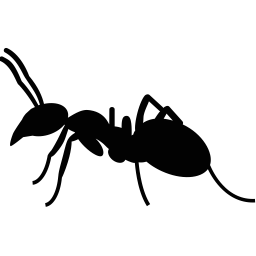When Ants Took Over
In a world that often feels dominated by larger creatures, it can be surprising to witness the power of the tiny yet mighty ant. The phenomenon of "when ants took over" is not just a catchy phrase; it represents a remarkable event in nature where these small insects exhibit extraordinary organizational skills and adaptability.
The Invasion
Picture this: a quaint garden or a bustling city park where, seemingly overnight, ants begin to swarm. What starts as a small trail quickly escalates into a full-scale invasion. This takeover often occurs during the warmer months when ants are most active, foraging for food and establishing new colonies.
Organization and Teamwork
Ants are known for their impressive teamwork. When they invade an area, they work together with relentless efficiency. Their ability to communicate through pheromones helps them coordinate their movements, ensuring that resources are utilized optimally. This intense collaboration is one of the key reasons they can overrun spaces so swiftly.
Impact on the Environment
While the sudden appearance of ants may alarm some, their takeover can have positive ecological impacts. Ants are vital for nutrient cycling, helping to decompose organic material. They also aerate the soil, promoting plant growth. However, in some cases, invasive ant species can disrupt local ecosystems, outcompeting native species for resources.
Human Response
When faced with an ant takeover, humans often find themselves in a dilemma. Should they embrace these industrious creatures, recognizing their ecological role, or attempt to eradicate them? Many choose to manage ant populations using natural deterrents or environmentally friendly pest control methods to maintain balance without causing harm.
Conclusion
The story of when ants took over is a testament to nature’s resilience and adaptability. Whether seen as pests or beneficial insects, ants remind us of the intricate interconnections within ecosystems and the importance of handling our environment with care and respect.

